My favourite painting: Julian Radcliffe
'It captures the essence of the simple beauty'
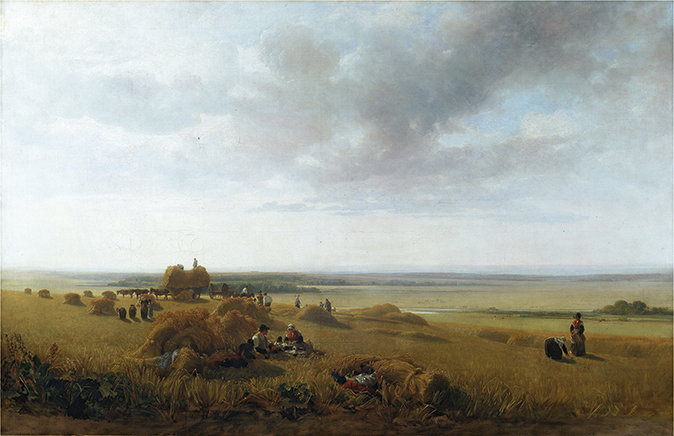

A Cornfield, 1815, by Peter de Wint (1784–1849), 41¼in by 64½in, V&A, London
Julian Radcliffe says: I first saw this painting years ago and it stimulated my very modest collection of early English watercolours as, at the time, I was unable to afford oils! De Wint taught my ancestor Cheney, who lived, as I do, in Shropshire. This picture resonates with me as I am also a farmer and it captures the essence of the simple beauty, but fundamental importance of the English countryside and its agriculture.
Julian Radcliffe is founder and chairman of The Art Loss Register, which this year celebrates its 25th anniversary
John McEwen comments on A Cornfield: John Ruskin wrote of de Wint: ‘he despises all rules of composition, hates old Masters and humbug—synonymous terms with him —never was abroad in his life, never sketches anything but pig-styes and haystacks, and is a thorough-going John Bull of an artist.’
Most artists were tradesmen’s sons. De Wint’s father was a doctor and Peter, born in Stoke on Trent, was destined for a medical career until allowed to train as an engraver and portraitist in London. he arrived in 1802, the year Thomas Girtin died and Turner was elected an academician. Both advanced landscape painting, which, as Farrington noted, was not so popular as portraiture because it did not have ‘the advantage of being supported by self-love’.
Girtin was a major influence on de Wint, who probably first saw his work through friendship with the landscape painter John Varley. Varley’s patron, Dr Thomas Monro, had also patronised Girtin. De Wint soon showed a preference for landscape and watercolour, earning the compliment that he was Girtin’s ‘art-child’. From 1810, he was well established in the increasingly popular landscape genre.
The harvest scene was an early specialisation. When all-conquering Napoleon, beneficiary of bloody revolution, threatened England, the harvest scene reassuringly stood for social harmony and security. As one contemporary wrote: ‘it is the consummation of the farmer’s hopes and toils, and excites a whole people to acknowledge the goodness of a bountiful Creator.’
Exquisite houses, the beauty of Nature, and how to get the most from your life, straight to your inbox.
Not all the actions shown would have happened simultaneously— sheaves were not gathered until they had stood to dry, for example—but a good harvest was a merry time.
Country Life is unlike any other magazine: the only glossy weekly on the newsstand and the only magazine that has been guest-edited by His Majesty The King not once, but twice. It is a celebration of modern rural life and all its diverse joys and pleasures — that was first published in Queen Victoria's Diamond Jubilee year. Our eclectic mixture of witty and informative content — from the most up-to-date property news and commentary and a coveted glimpse inside some of the UK's best houses and gardens, to gardening, the arts and interior design, written by experts in their field — still cannot be found in print or online, anywhere else.
-
 Child stars, Prince and nursery rhymes: It's the Country Life Quiz of the Day, December 5, 2025
Child stars, Prince and nursery rhymes: It's the Country Life Quiz of the Day, December 5, 2025It's all in today's quiz.
-
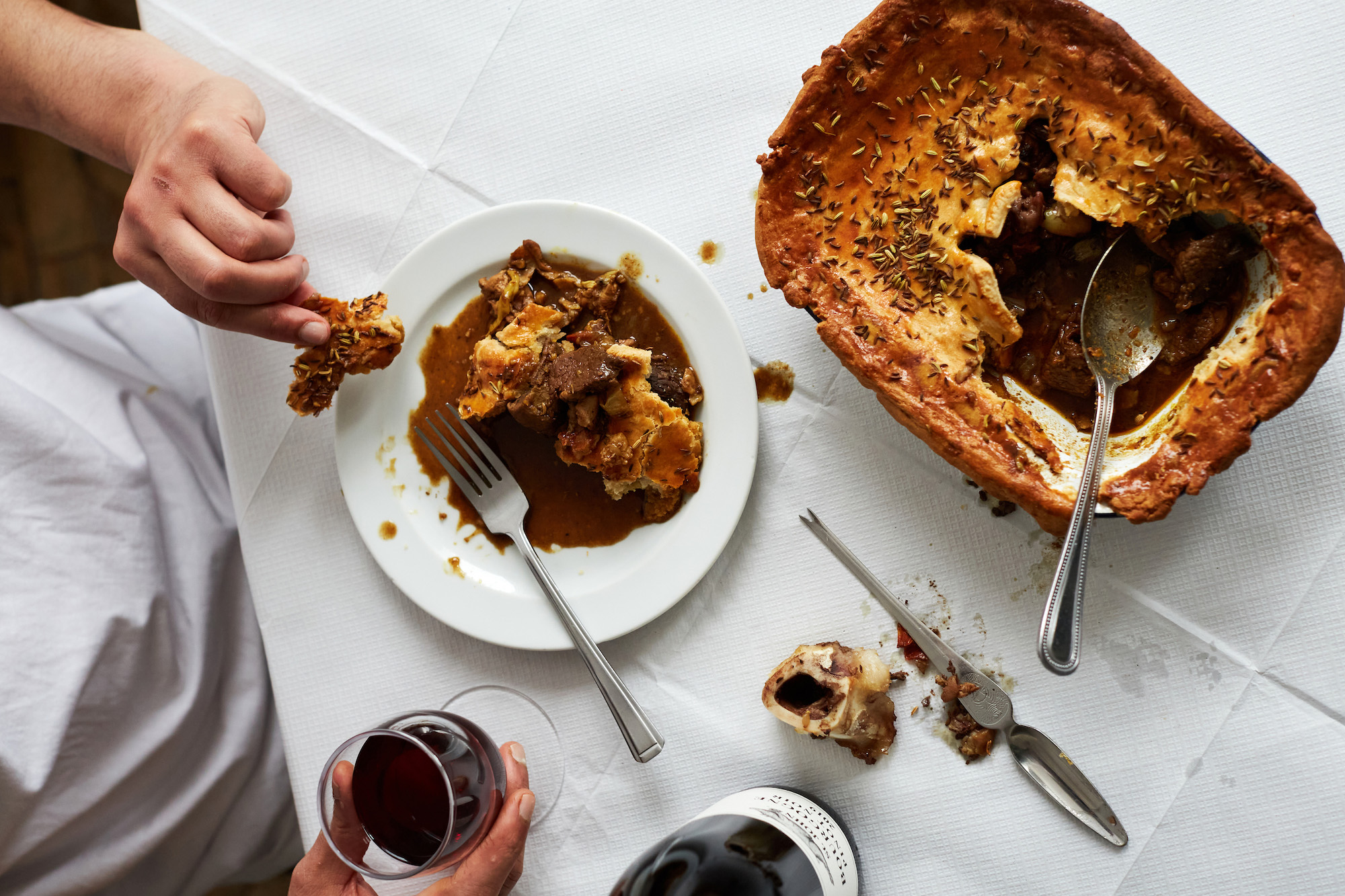 ‘Calf’s brains have a bland, gentle richness that soothes and cossets': Tom Parker Bowles on the joys of eating offal
‘Calf’s brains have a bland, gentle richness that soothes and cossets': Tom Parker Bowles on the joys of eating offalEating offal it is more sinned against than sinning, but it offers the ultimate in magnificent, fully immersive eating.
-
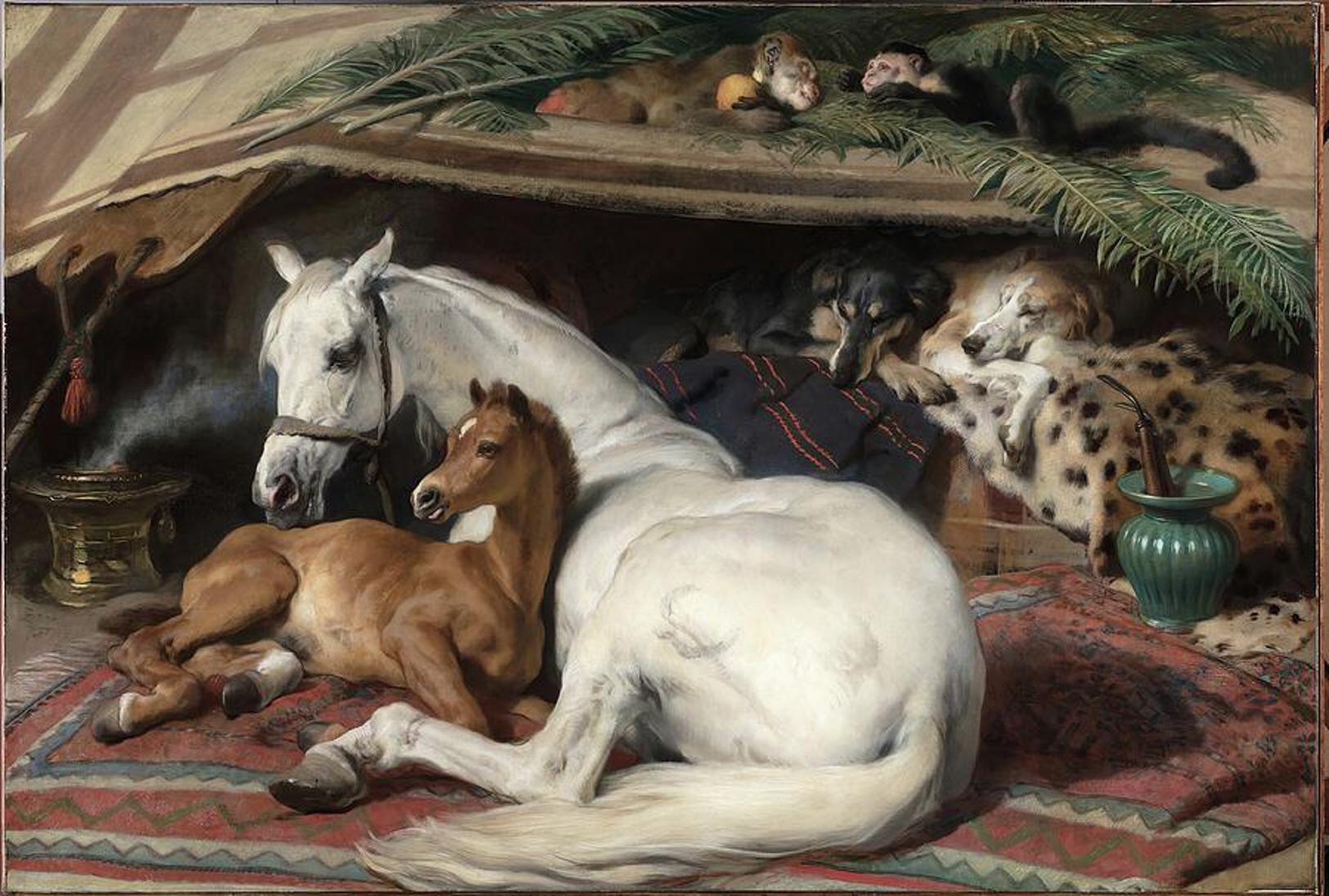 'As a child I wanted to snuggle up with the dogs and be part of it': Alexia Robinson chooses her favourite painting
'As a child I wanted to snuggle up with the dogs and be part of it': Alexia Robinson chooses her favourite paintingAlexia Robinson, founder of Love British Food, chooses an Edwin Landseer classic.
-
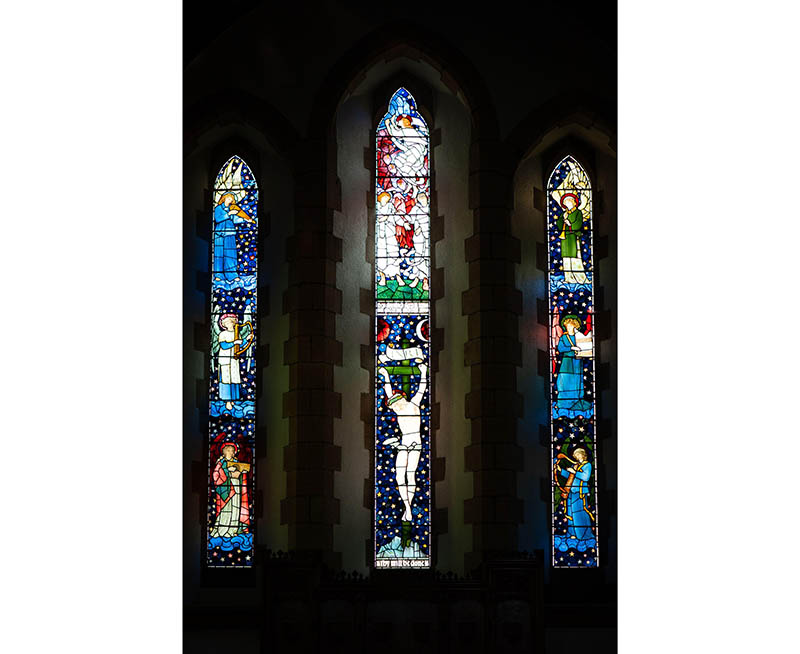 The Pre-Raphaelite painter who swapped 'willowy, nubile women' for stained glass — and created some of the best examples in Britain
The Pre-Raphaelite painter who swapped 'willowy, nubile women' for stained glass — and created some of the best examples in BritainThe painter Edward Burne-Jones turned from paint to glass for much of his career. James Hughes, director of the Victorian Society, chooses a glass masterpiece by Burne-Jones as his favourite 'painting'.
-
 'I can’t look away. I’m captivated': The painter who takes years over each portrait, with the only guarantee being that it won't look like the subject
'I can’t look away. I’m captivated': The painter who takes years over each portrait, with the only guarantee being that it won't look like the subjectFor Country Life's My Favourite Painting slot, the writer Emily Howes chooses a work by a daring and challenging artist: Frank Auerbach.
-
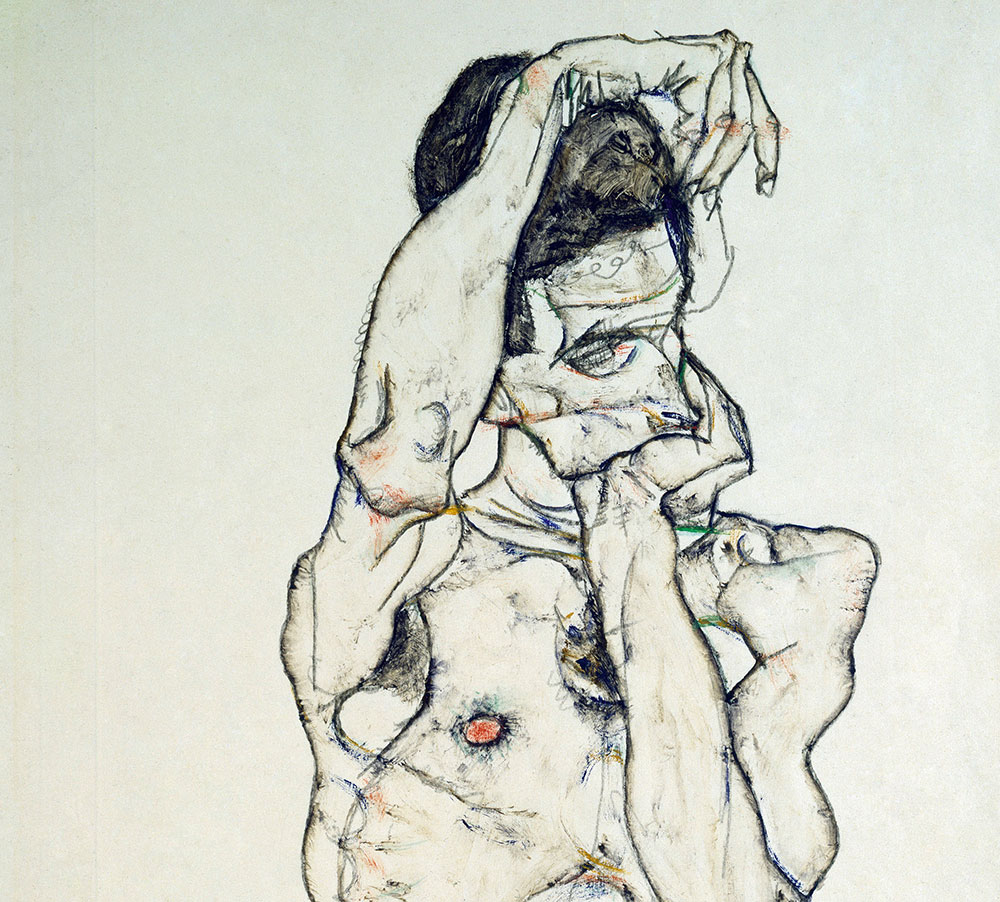 My Favourite Painting: Rob Houchen
My Favourite Painting: Rob HouchenThe actor Rob Houchen chooses a bold and challenging Egon Schiele work.
-
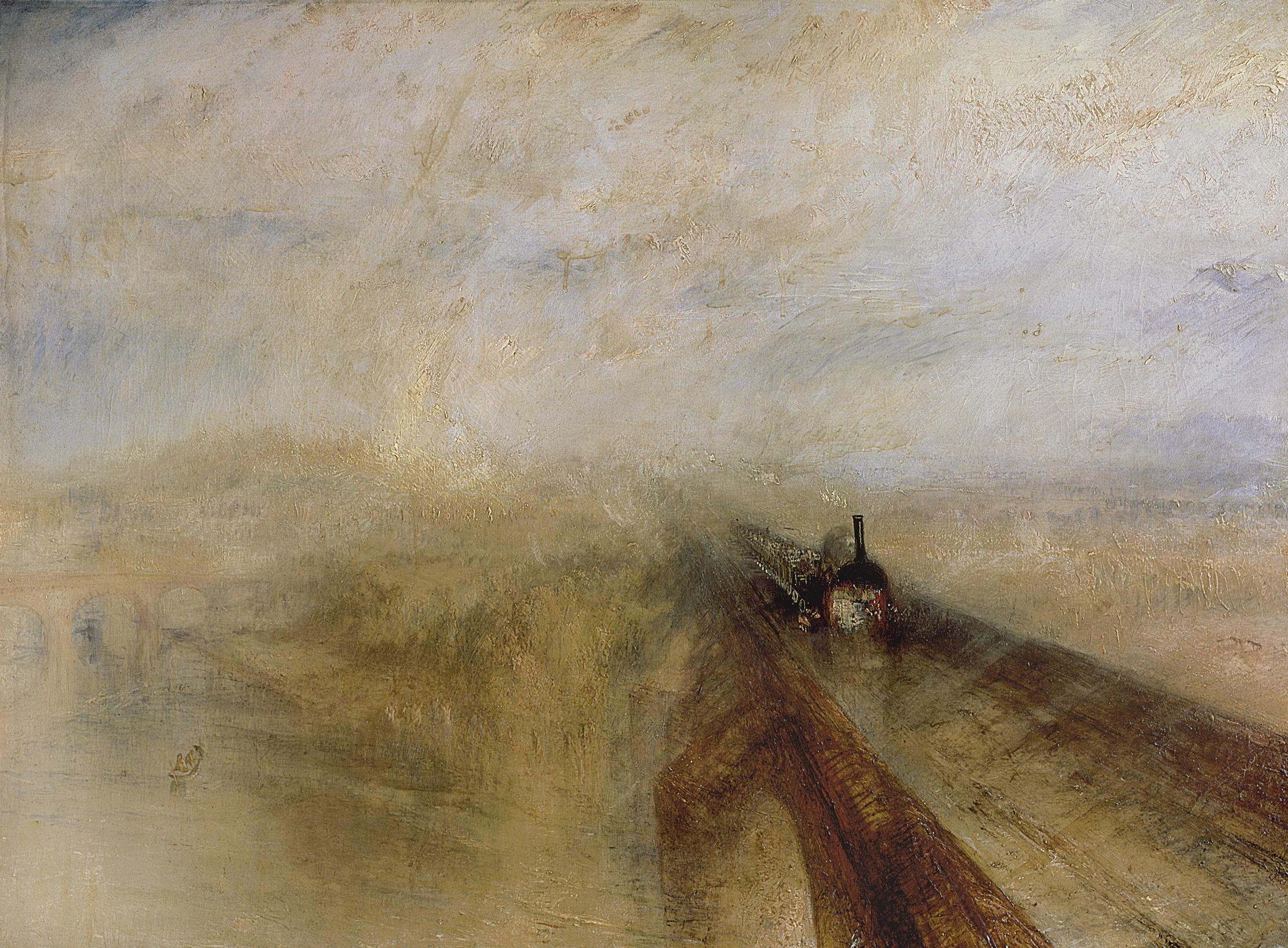 My Favourite Painting: Jeremy Clarkson
My Favourite Painting: Jeremy Clarkson'That's why this is my favourite painting. Because it invites you to imagine'
-
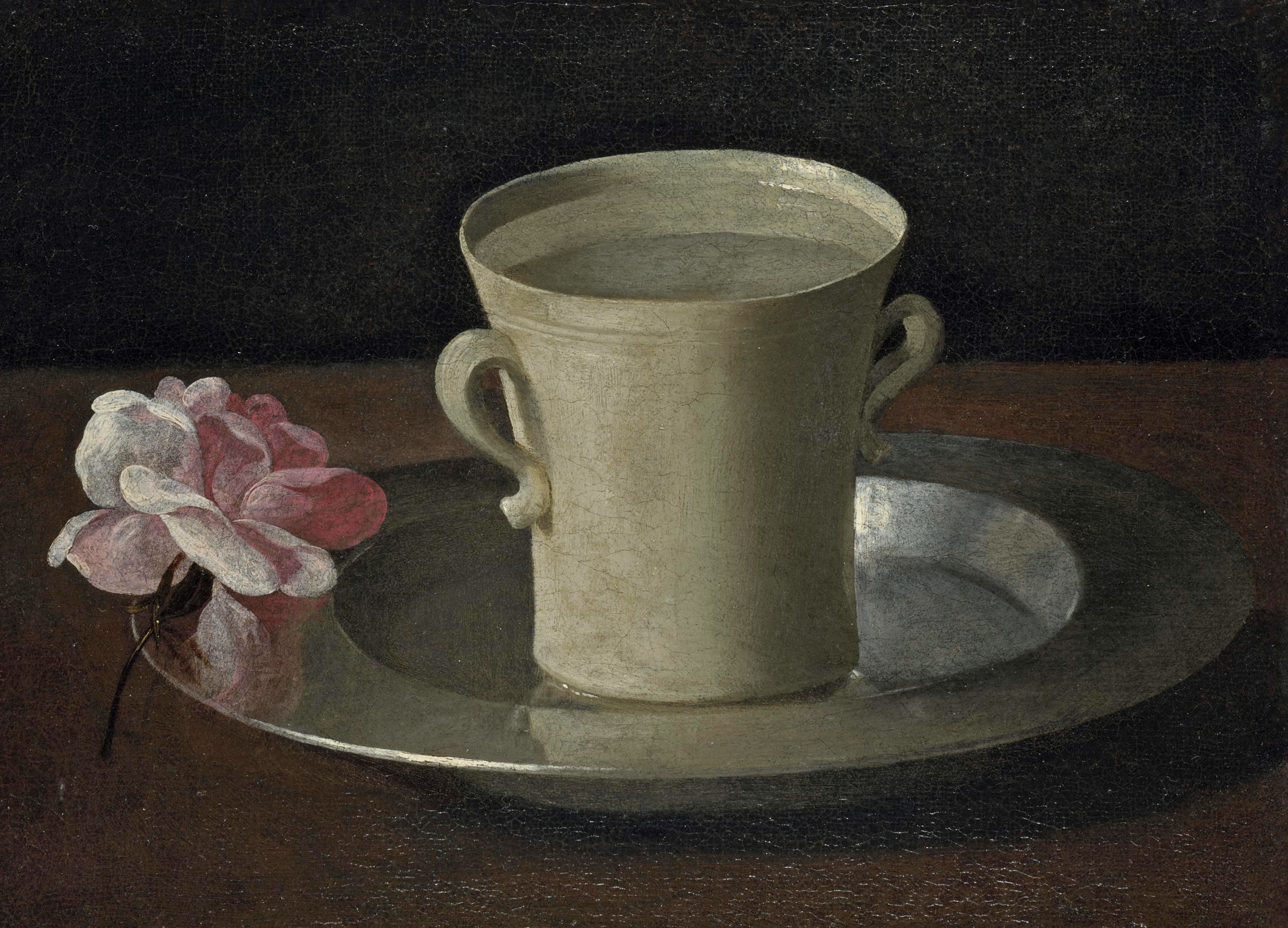 The chair of the National Gallery names his favourite from among the 2,300 masterpieces — and it will come as a bit of a shock
The chair of the National Gallery names his favourite from among the 2,300 masterpieces — and it will come as a bit of a shockAs the National Gallery turns 200, the chair of its board of trustees, John Booth, chooses his favourite painting.
-
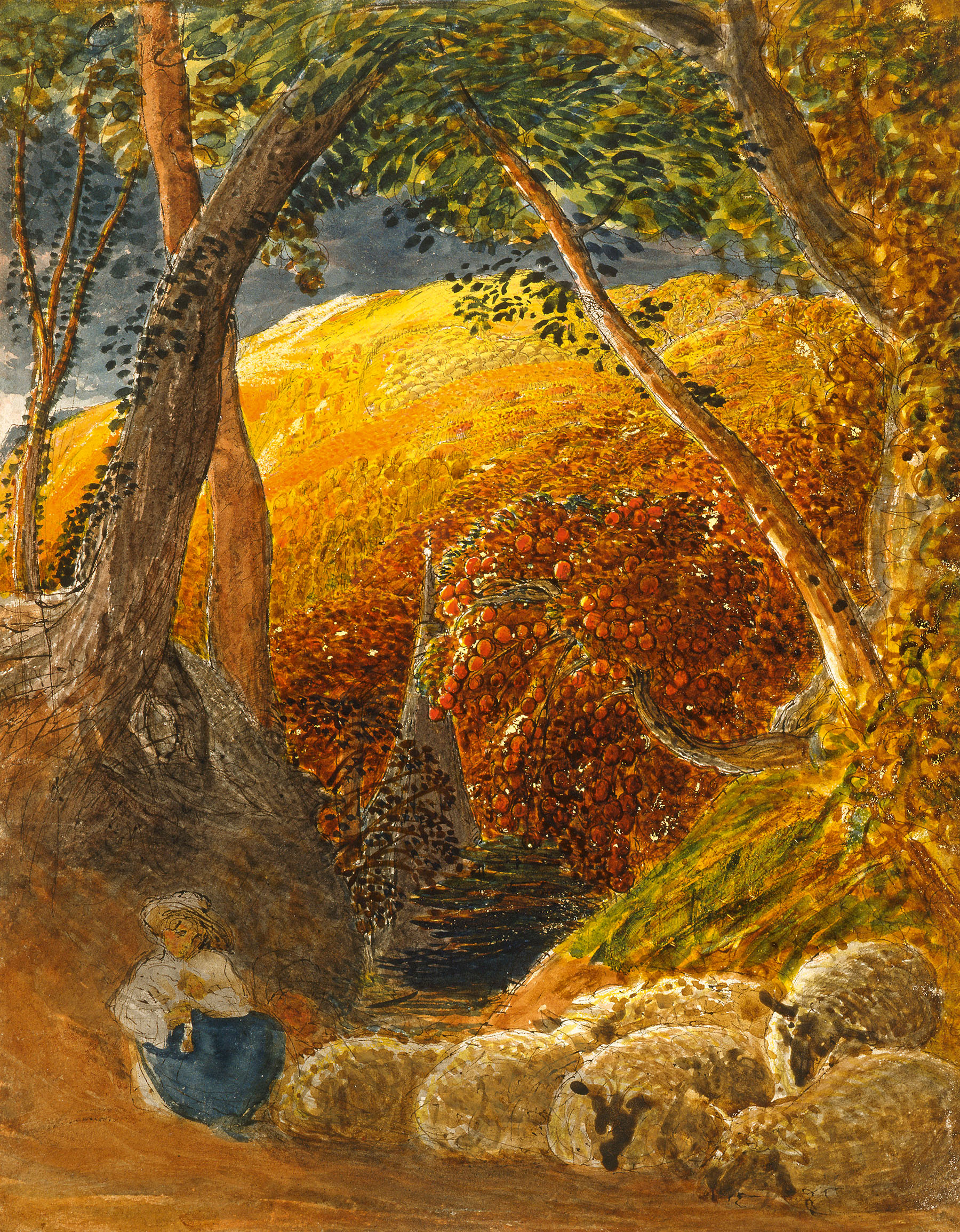 'A wonderful reminder of what the countryside could and should be': The 200-year-old watercolour of a world fast disappearing
'A wonderful reminder of what the countryside could and should be': The 200-year-old watercolour of a world fast disappearingChristopher Price of the Rare Breed Survival Trust on the bucolic beauty of The Magic Apple Tree by Samuel Palmer, which he nominates as his favourite painting.
-
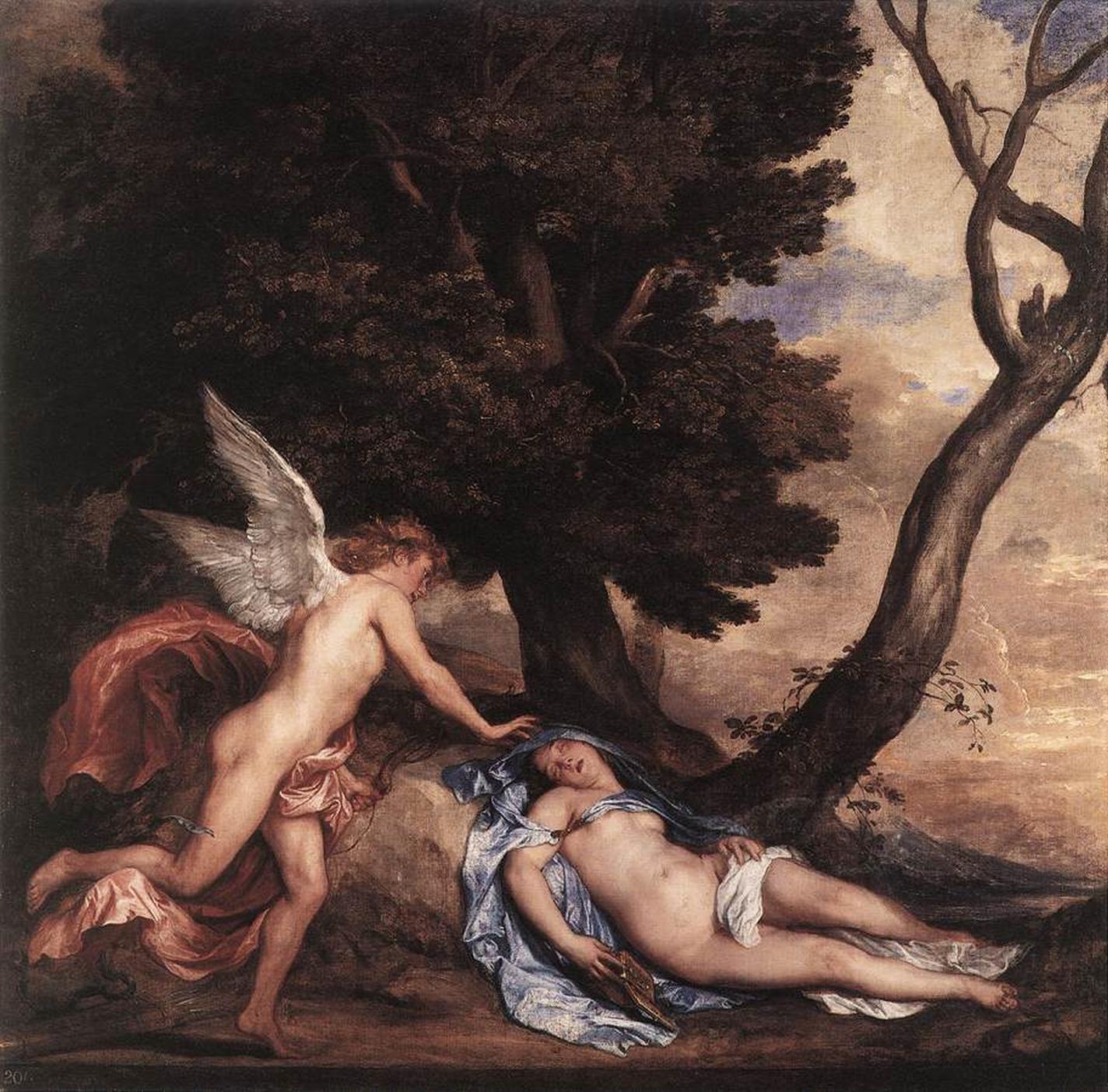 My favourite painting: Andrew Graham-Dixon
My favourite painting: Andrew Graham-Dixon'Lesson Number One: it’s the pictures that baffle and tantalise you that stay in the mind forever .'
